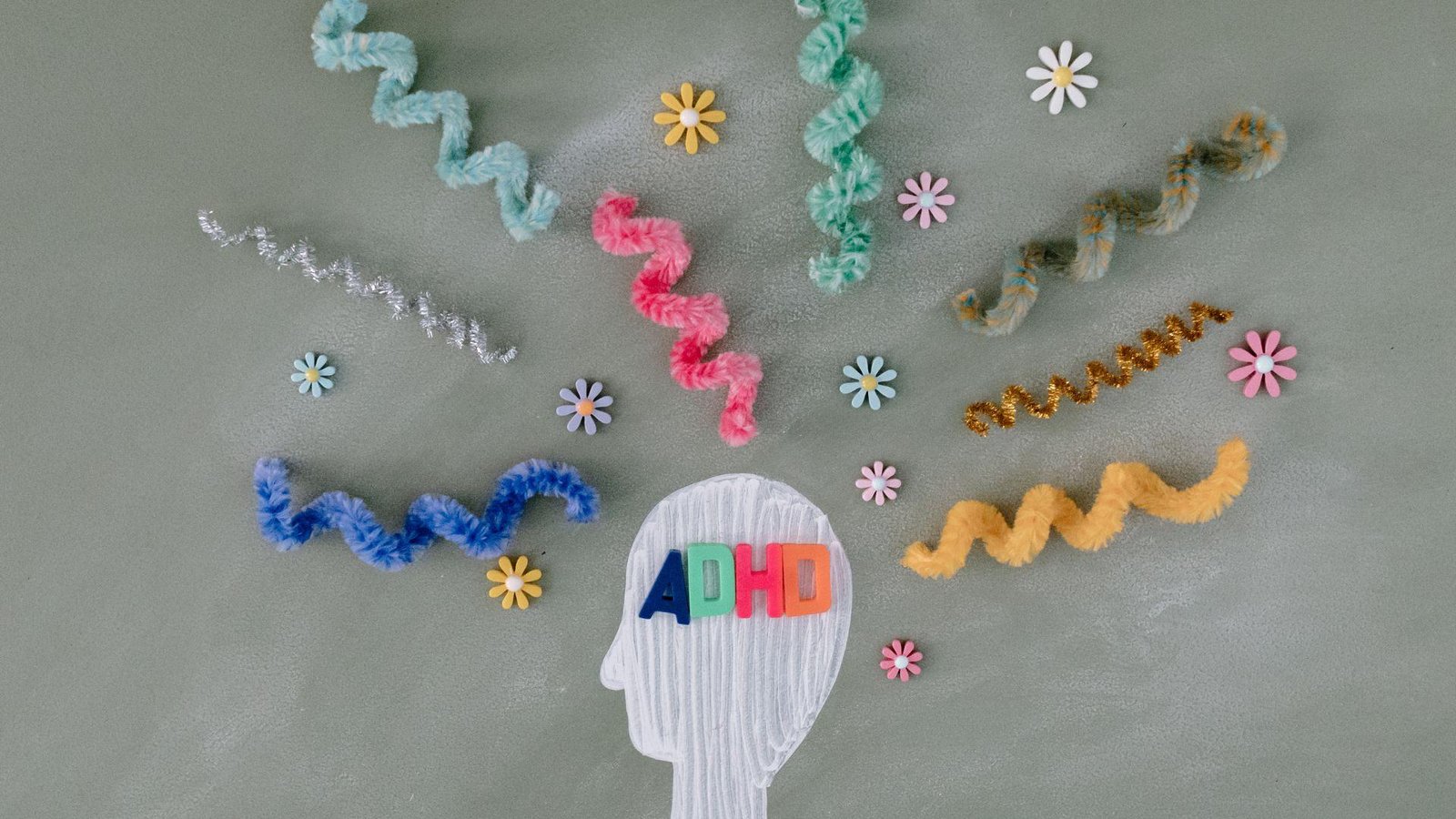Attention Deficit Hyperactivity Disorder (ADHD) is a neurodevelopmental disorder that affects both men and women, but the presentation, diagnosis, and management can differ significantly between genders. Understanding these differences is crucial for accurate diagnosis and effective treatment. Here we will explore the distinct characteristics, diagnostic challenges, and treatment considerations of ADHD in men versus women.
Signs of ADHD in Men
Men with ADHD often display more overt hyperactivity and impulsivity, which are typically more noticeable and disruptive. Symptoms may include:
Hyperactivity:
- Restlessness and difficulty staying seated.
- Excessive talking and interrupting others.
- Fidgeting and difficulty engaging in quiet activities.
Impulsivity:
- Acting without thinking, which can lead to risky behaviors.
- Difficulty waiting for their turn in conversations or activities.
- Interrupting or intruding on others’ activities.
Inattention:
- Difficulty sustaining attention in tasks or play activities.
- Making careless mistakes and failing to pay close attention to details.
- Difficulty organizing tasks and activities.
These behaviors are often more disruptive in academic and social settings, leading to earlier recognition and diagnosis in boys and men. Consequently, ADHD in men is frequently identified and treated during childhood or adolescence.
Signs of ADHD in Women
Women with ADHD often exhibit symptoms that are less overt and disruptive compared to men. Their symptoms typically include:
Inattention:
- Difficulty sustaining attention, especially in tasks that require prolonged mental effort.
- Being easily distracted by external stimuli or internal thoughts.
- Forgetfulness in daily activities, such as losing items or missing appointments.
Hyperactivity and Impulsivity:
These symptoms are generally less pronounced in women. Hyperactivity may manifest as internal restlessness rather than overt behavior.
Impulsivity may be more subtle, such as impulsive spending or difficulty managing emotions.
Emotional Dysregulation:
- Women with ADHD often experience significant emotional dysregulation, including mood swings, anxiety, and depression.
- They may have a heightened sensitivity to criticism and rejection.
- Because these symptoms are less disruptive, ADHD in women is often underdiagnosed or misdiagnosed, with many women not receiving a diagnosis until adulthood. They are frequently diagnosed with mood disorders or anxiety instead.

How To Manage ADHD in Daily Lives
Managing ADHD in Men
- Behavioral Therapy for Impulsivity: Men with ADHD often exhibit more overt hyperactivity and impulsivity. Behavioral therapy focusing on impulse control can be particularly beneficial. Techniques such as role-playing scenarios and practicing delayed gratification can help men manage impulsive behaviors.
- Physical Activity: Regular physical activity can help men manage their hyperactivity and improve focus. High-intensity sports or activities that require significant physical exertion can channel excess energy positively.
- Structured Routines: Men with ADHD benefit from structured routines that minimize distractions and create a predictable environment. Using tools like calendars, reminders, and organizational apps can help maintain consistency in daily activities.
- Support for Risky Behaviors: Men are more prone to engage in risky behaviors. Providing education on the consequences of such actions and offering safer alternatives can reduce these tendencies. Support groups or mentoring programs can also provide positive role models.
- Workplace Accommodations: Men with ADHD may need specific accommodations in the workplace, such as flexible schedules or a quiet workspace. Employers should be educated on ADHD and encouraged to create a supportive environment.
Managing ADHD in Women
- Emotional Regulation Therapy: Women with this condition often experience significant emotional dysregulation, including mood swings and heightened sensitivity to stress. Cognitive Behavioral Therapy (CBT) can help women develop strategies to manage emotions and improve self-esteem.
- Hormonal Considerations: Hormonal fluctuations during menstrual cycles, pregnancy, and menopause can exacerbate ADHD symptoms in women. Treatment plans should consider these variations, and women should work closely with healthcare providers to adjust medication or therapeutic strategies accordingly.
- Social Support Networks: Women with ADHD may benefit from strong social support networks. Joining support groups, either in-person or online, can provide a sense of community and shared experiences. These networks can also offer practical advice and emotional support.
- Time Management and Organizational Tools: Women often juggle multiple roles and responsibilities, making effective time management crucial. Tools like planners, to-do lists, and smartphone apps can help women organize their tasks and manage time more effectively.
- Addressing Comorbid Conditions: Women with ADHD are more likely to be diagnosed with comorbid conditions such as anxiety and depression. A comprehensive treatment plan that addresses both ADHD and any coexisting conditions is essential for overall well-being.
Common Remedies for Both Genders
- Medication Management: Both men and women with ADHD can benefit from medication, such as stimulants or non-stimulants. Regular monitoring and adjustments by a healthcare provider ensure optimal effectiveness and manage any side effects.
- Psychoeducation: Educating individuals with ADHD and their families about the disorder is crucial. Understanding ADHD helps reduce stigma, improves self-awareness, and encourages adherence to treatment plans.
- Mindfulness and Stress Reduction: Mindfulness practices, such as meditation and yoga, can help both men and women manage ADHD symptoms. These techniques promote relaxation, enhance focus, and reduce stress.
- Lifestyle Modifications: A healthy lifestyle, including a balanced diet, regular exercise, and adequate sleep, is beneficial for managing ADHD. Both men and women should prioritize self-care routines that support their physical and mental health.
Final Word From Blissed Men
ADHD manifests differently in men and women, influenced by biological, psychological, and social factors. Men often exhibit more overt hyperactivity and impulsivity, leading to earlier diagnosis and treatment, while women’s symptoms are often subtler, resulting in underdiagnosis and misdiagnosis. Understanding these gender differences is essential for accurate diagnosis and effective treatment. By considering the unique challenges and needs of each gender, healthcare providers can offer more personalized and effective interventions, improving the quality of life for individuals with ADHD.

